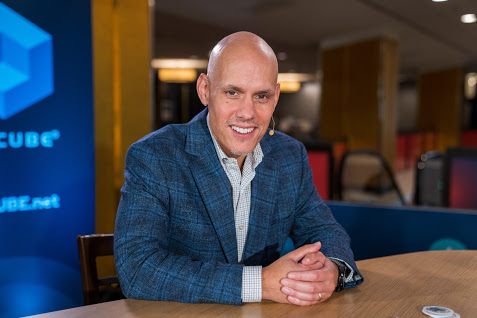 SECURITY
SECURITY
 SECURITY
SECURITY
 SECURITY
SECURITY
Cybersecurity professionals today are betting a bundle on automation. Short-staffed, under-skilled, and facing novel threats, they hope automation can help by performing certain tasks on their behalf.
But simply buying a few software products may not substantively improve a company’s security stance, according to Ted Julian (pictured), vice president of product management and co-founder of Resilient, an IBM company.
“Clearly, we need to do something different,” Julian said. “And there’s no doubt that orchestration, automation and configuration management is a component of that.”
It’s also true that innovation in these areas has made leaps in recent years. This type of security software can achieve much for overworked security pros. “We’ve barely scratched the surface of potential there to help solve some of these problems,” he said.
It turns out that people and processes are key to making real gains through automation software.
Julian spoke with John Furrier (@furrier) and Stu Miniman (@stu), co-hosts of theCUBE, SiliconANGLE Media’s mobile livestreaming studio, during the AnsibleFest event in Atlanta, Georgia. They discussed how automation and orchestration (see the full interview with transcript here). (* Disclosure below.)
Automation is really just a subset of orchestration, according to Julian. Intelligently orchestrating humans and technology juices every ounce from both, he explained.
Automaton can scrape a lot of menial mush off a security analyst’s plate. For example, employees report phishing attacks to an analyst. Automation could complete the grunt work of categorizing attacks that would otherwise fall to the analyst, according to Julian.
“Those are 10 tabs that an analyst could have open in their browser. If we can automate all of that so when they go into the case, it’s all just sitting there — huge time savings,” Julian stated.
With rote tasks automated away, security analysts can shift precious brainpower to bigger security problems.
“It’s when you … really fuse the people, processes and technology — via orchestration — that’s when you get really game-changing improvements,” Julian said.
IBM Resilient allows users to integrate Ansible Inc.’s automation functions into the platform. The integration also provides metrics that users can relate back to people and processes.
Watch the complete video interview below, and be sure to check out more of SiliconANGLE’s and theCUBE’s coverage of the AnsibleFest event. (* Disclosure: TheCUBE is a paid media partner for AnsibleFest. Neither Red Hat Inc., the sponsor for theCUBE’s event coverage, nor other sponsors have editorial control over content on theCUBE or SiliconANGLE.)
THANK YOU